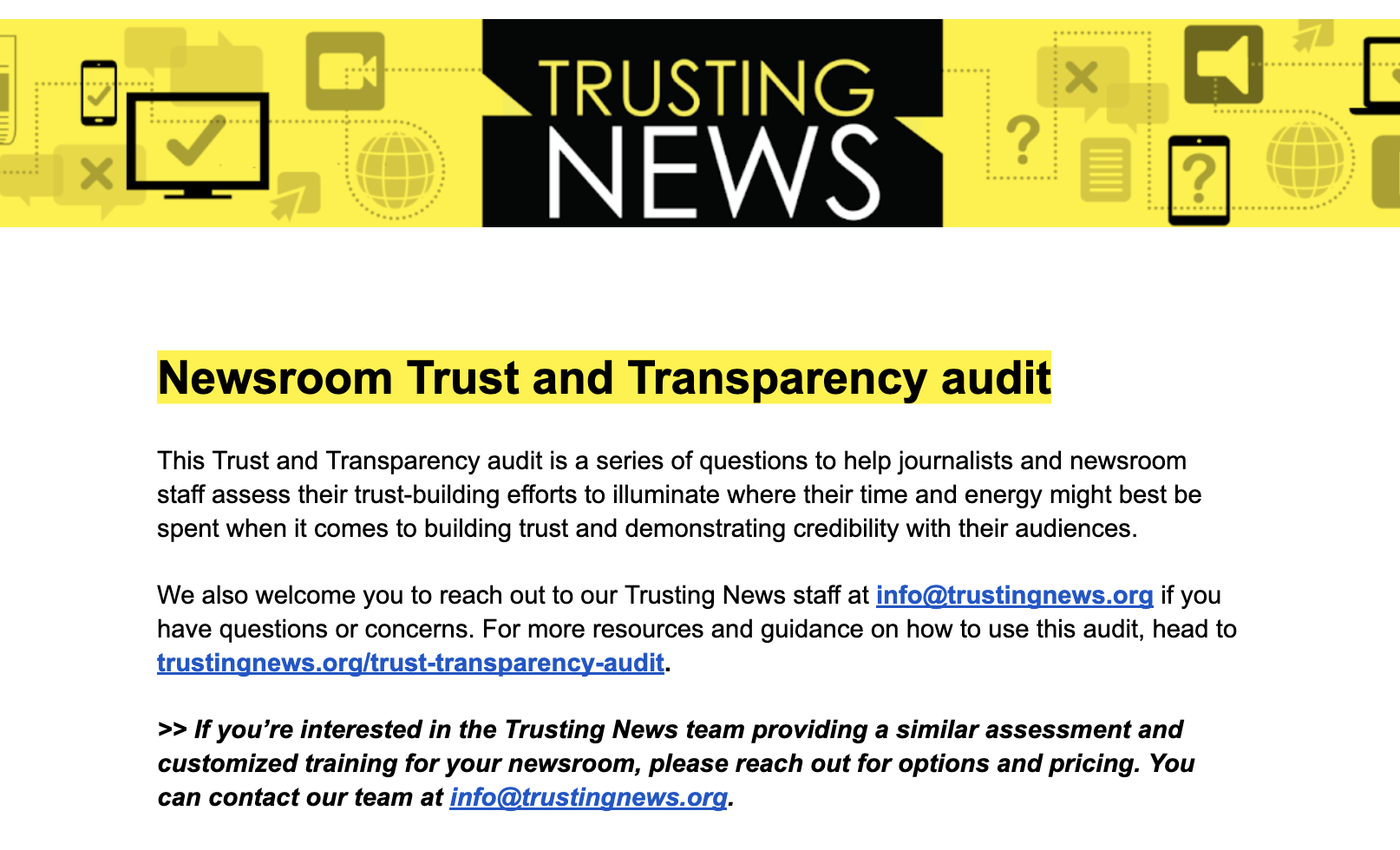
By John Michael Greer -- The Archdruid Report
Feb. 1, 2007 -- One of the major blind spots that gets in the way of trying to anticipate the shape of a deindustrial future in advance is the habit of thinking of technology as a single monolithic thing. Like so many mistaken habits of thinking, this one gets its strength from the fact that it’s by no means entirely mistaken. In today’s industrial society, certainly, most technologies depend on other technologies, forming an intricate web of interconnections that has to count among the central features of what Lewis Mumford called the neotechnic phase of history.
One of the most widely cited apocalyptic writers of my teen years, Roberto Vacca, argued in his book The Coming Dark Age that this extreme interdependence would prove to be the Achilles’ heel of industrial society. His argument that too much interconnection among unstable systems would lead to cascading systems failures and the collapse of industrial civilization impressed the likes of Isaac Asimov, who contributed an introduction to the book. In retrospect, it proved to be embarrassingly wrong. Like so many others at that time, Vacca put the cart before the horse; the rising tide of interdependence and interconnection he saw moving through the industrial world was a reaction to improvements in information processing, not a force in its own right, and further developments along the same lines -– especially the explosive growth in computer technology -– proved more than adequate to keep the process moving.
Still, Vacca was right to see the web of interconnections that unites today’s industrial technology as a critical vulnerability. It’s just that the vulnerability comes into play further along the arc of catabolic collapse. Many of today’s technologies depend so completely on the support of an intact industrial system that they cannot operate without it. Many more could operate without it, at least in theory, but have been designed in a way that maximizes their dependence on other technologies and will have to be reengineered in a hurry as the fabric of the industrial system comes apart. A final set of technologies are largely or wholly independent of the system and can be expected to carry on without a hitch while industrial society comes apart around them.
These three classes have an uncomfortable similarity to the three categories used by battlefield medics in the process known as triage. Triage -- the word comes from French and means “trying” or “testing” -- is a care-rationing process used when the number of wounded overwhelms the people and resources available to treat them. Incoming wounded are sorted out into three classes. The first consists of those who will die even if they get care. The second consists of those who will survive even if they receive no care. The third consists of those who will live if they get help but will die without it. In a triage situation, all available resources go to the third category. When the need for care outruns the available time and resources, this harsh but necessary logic maximizes the number of survivors.
The coming of deindustrial society will require us to approach technology in much the same way. Technological triage requires more complex judgments than the battlefield variety, however. Not all technologies are of equal value for human survival; it won’t do us any good to preserve video game technology, let’s say, if by doing so we lose the ability to grow food. Some technologies necessarily depend on other technologies -- firearms, for example, presuppose a certain level of metalworking ability. Finally, technological triage involves four categories, not three. Alongside technologies that can’t be saved no matter what we do, technologies that are certain to be saved even if we do nothing, and technologies that will be saved if we act and lost if we do not, there are technologies that have gone out of existence but could be brought back and put into use if action is taken now.
more
READ MORE: The Archdruid Report











